The Best Demon Illustrations of All Time
Even today, the 1863 edition of the “Dictionnaire Infernal” is the stuff of nightmares.

The demons of the underworld that tempt us into sin are (theoretically, anyway) endless in number. Yet this didn’t stop the early 19th century occultist writer Jacques Collin de Plancy from trying to catalog them anyway.
Like many demonologists before him, de Plancy set out to create an accounting of demonic events and forces in his book, Dictionnaire Infernal. What sets de Plancy’s work apart is his frighteningly surreal illustrations—the devils that make up his occult bestiary are some of the most evocative in the history of demonic literature.
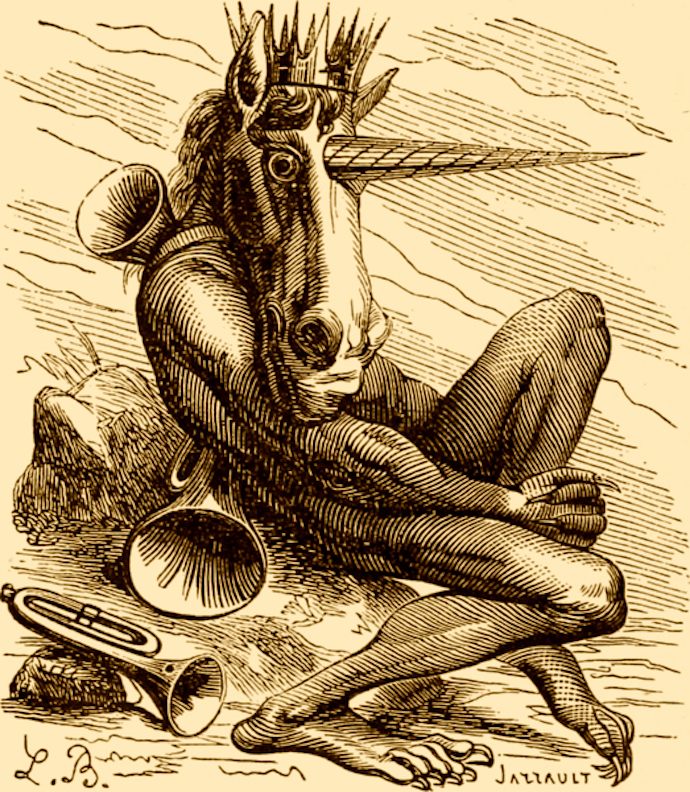
De Plancy published dozens of titles in his lifetime, but he never surpassed the success (or infamy) of the Dictionnaire Infernal, which first appeared in 1818 and was followed by several updated editions. The full subhead for the 1926 edition describes the book as a “universal library on the beings, characters, books, deeds, and causes which pertain to the manifestations and magic of trafficking with Hell; divinations, occult sciences, grimoires, marvels, errors, prejudices, traditions, folktales, the various superstitions, and generally all manner of marvelous, surprising, mysterious, and supernatural beliefs.”
Many of the demonic descriptions in the Dictionnaire Infernal have their roots in earlier demonological texts, such as the 16th century Pseudomonarchia Daemonum, or the 17th century Lesser Key of Solomon. Both of those titles contained hierarchical descriptions of Hell’s many denizens, versions of which de Plancy included in his text. Among the spirits presented in de Plancy’s book are well-known evils such as Lucifer and greedy Mammon, but also more obscure devils such as the lower demon Ukobach, who tends to fireworks and oils, and the bellows-bearing fallen angel Xaphan.

When de Plancy first published his guide to the world of demons in 1818, he had a reputation as an opponent of superstition and religion. However, in 1841, de Plancy had a change of heart, and converted into a devout Catholic. By the sixth edition of the Dictionnaire Infernal, published in 1863, whether influenced by his conversion or simply thanks to extra resources, de Plancy included illustrations. And it’s a good thing he did, as the bizarre images that accompanied the text are some of the most indelible depictions of demons ever created.
The 1863 edition of the book featured hundreds of spot illustrations, over 60 of which were of specific demons. They were designed by the French painter Louis Le Breton, and then engraved as woodcuts by M. Jarrault, both of whom signed many of the illustrations. Their odd depictions of stilt-legged owl men, insect-legged frog-cat kings, and spiral-horned jesters transformed the Dictionnaire Infernal from an occult oddity that could easily have been forgotten to a frightening bestiary that is still referenced and shared today.

Since 1863, the illustrations from de Plancy’s book have also been used to accompany esoteric titles such as new printings of the Lesser Key of Solomon, plus any number of books on magic and demonology (thanks, Public Domain!). In the internet age, they also pop up regularly just for their general weirdness, including over at Boing Boing and Dangerous Minds.
Over 150 years later, Le Breton’s illustrations still come across as devilishly inventive. Check out more of these horrid creatures of sin below.
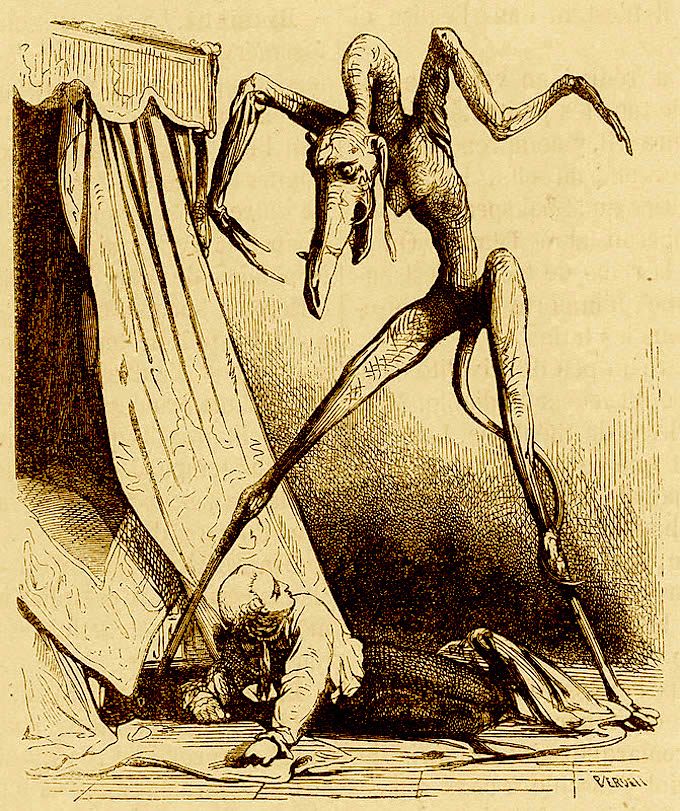
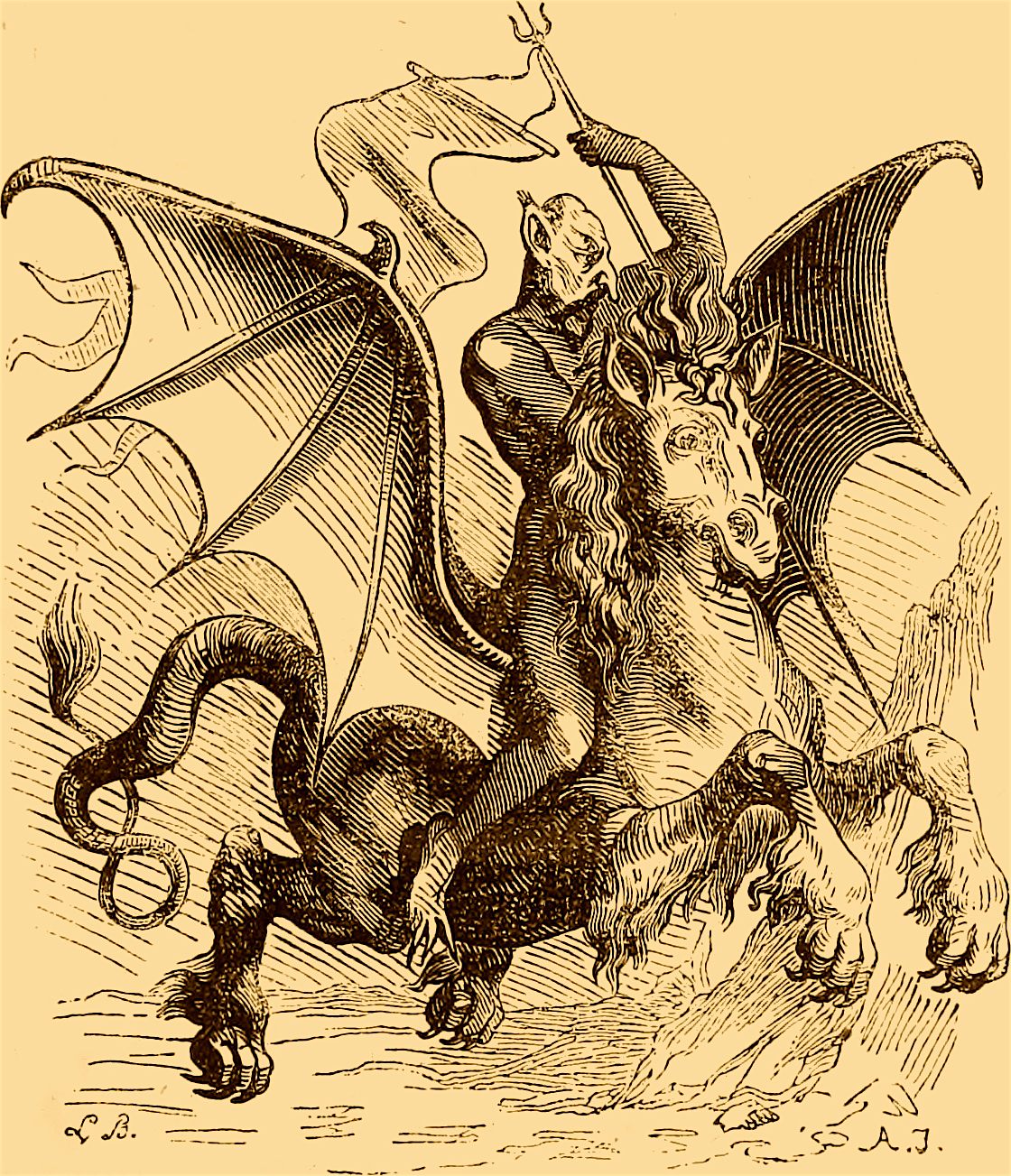

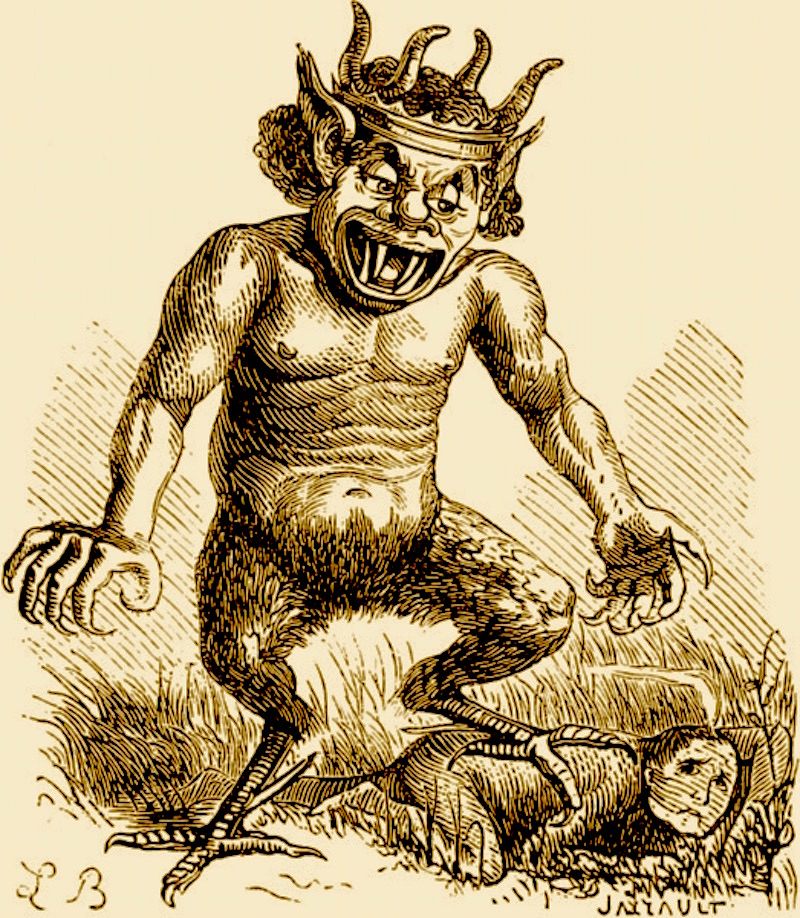








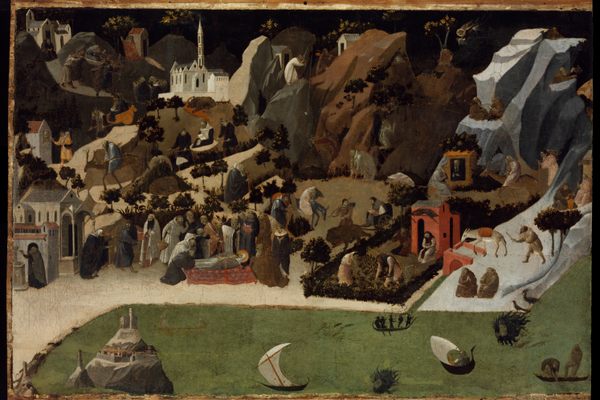






Follow us on Twitter to get the latest on the world's hidden wonders.
Like us on Facebook to get the latest on the world's hidden wonders.
Follow us on Twitter Like us on Facebook